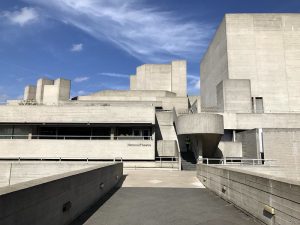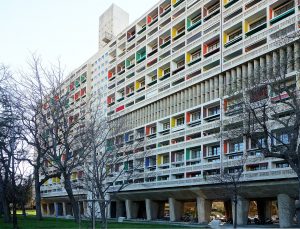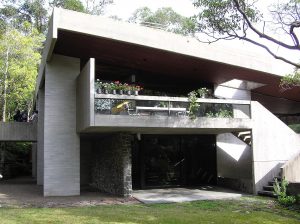Brutalist Architecture
The Brutalist style of architecture appeared in the 1950s as part of the modernist movement of the early 20th century. It was characterised by the use of raw concrete in the design of blocky, monolithic-styled buildings that featured expanses of raw concrete.
The style became very popular in the 1960s and was associated with self-confidence and dynamism. Its popularity began to wane by the 1970s, as it was much-criticised for being inhuman and unwelcoming.

The National Theatre was designed by Denys Lasdun and opened in London in 1976. Image by Bex Walton.
One of the most famous architects to embrace this style was Le Corbusier, who designed the Cite Radieuse in Marseilles, which was built in the late-1940s.

Cite Radieuse in Marseilles was designed by Le Corbuiser in 1952. Velvet, CC BY-SA 4.0.
Brutalist architecture employed rough, unfinished surfaces, heavy-looking materials, and unusual blocky shapes with straight lines and small windows. While concrete was the most predominant material, this style of architecture also used brick, glass, steel, and rough-hewn stone.
Harry Seidler is the best-known Australian architect who designed in the brutalist style. The Harry and Penelope Seidler House in Sydney’s Killara is one of the most famous examples of a residential house built in this style.

Harry and Penelope Seidler House. Matt Stone, CC BY-SA 4.0
Brutalist style in Australia can be seen in Canberra, including Churchill House, the Cameron Offices complex and Macquarie University, which was built in the 1960s with the deliberate aim of challenging Australia’s more conservative Sandstone universities.





